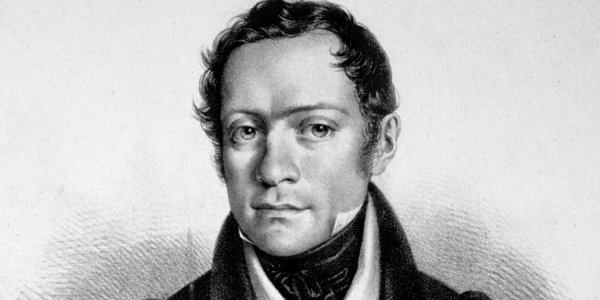
THIS WEEK IN PIANO HISTORY, we celebrate the birth of pianist and composer Carl Czerny who was born on February 21, 1791. Although primarily known for his numerous etudes, Czerny was a prolific composer publishing over 800 works with opus numbers.
Czerny was born into a middle class family in Vienna, Austria. His father, Wenzel Czerny, was a musician and piano repairman. Although an amateur, he taught lessons and was able to support his family with a modest income. Czerny was a child prodigy and, by the age of ten, was capable of playing challenging works of Mozart and other contemporary composers. He met Beethoven at age ten and was accepted as one of his students. During this time, Czerny studied the works of Beethoven as well as C.P.E. Bach’s Essay on the True Art of Keyboard Playing.1
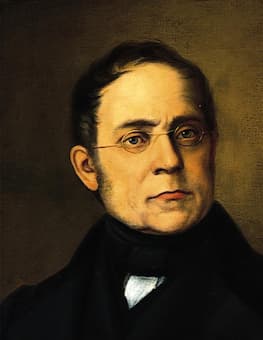
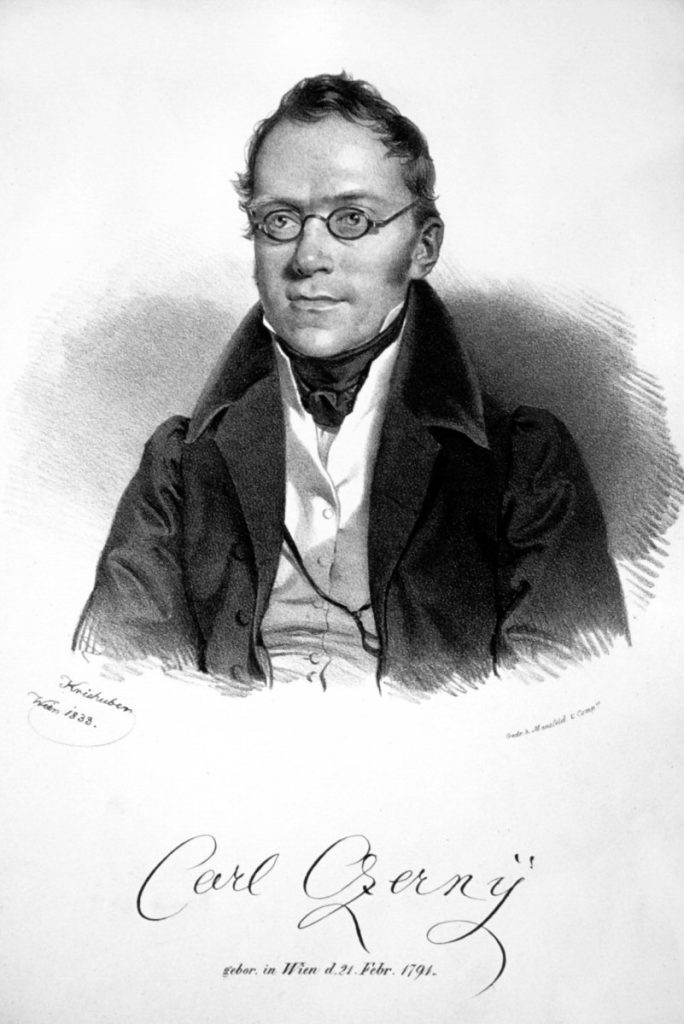
Although Czerny stopped his studies with Beethoven shortly after, he remained a close friend throughout Beethoven’s life. He performed a number of Beethoven’s works including his Emperor Concerto and later in life published a treatise called On the Proper Performance of All Beethoven’s Works for the Piano. According to Lindeman and Barth, the score examples contain rewrites and suggest that Czerny had his own ideas about how Beethoven’s music should be performed.2 Despite this, Czerny’s writing on Beethoven’s works offers an important commentary about Beethoven’s composition and performance style.
Czerny is perhaps best known for the several hundred etudes published in his lifetime. These vary greatly from works at the beginning level to works suitable for the concert hall. Among his many studies are works such as the School of Virtuosity Op. 365, the School of Legato and Staccato, Op. 335, the 24 Easy Studies for the Left Hand, Op. 718, and the Nouveau Gradus ad Parnassum, Op. 822. The title for this last work appears to be an ode to Clementi, one of Czerny’s friends.3
Although Czerny is known so well for his etudes, he was a composer of a large number of works in diverse genres such as sacred music and serious concert pieces. In the nineteenth century, Robert Schumann, in his journal Neue Zeitschrift für Musik, popularized the idea of Czerny only being a composer of etudes; this idea continues to perpetuate modern discussions of his works.4 Despite this, Czerny wrote a number of serious piano works including eleven published piano sonatas. Liszt is known to have performed and highly reviewed Czerny’s Piano Sonata No. 1 in A-flat Major, Op. 7.5 The work is an expansive sonata of five movements lasting over thirty minutes. Among the many highlights of this work are the lyrical first movement and the exciting closing movement featuring a virtuosic and chromatic fugue. You can hear a recording of this sonata here, performed by pianist Martin Jones.
Besides his compositions, Czerny is also known as an important teacher. He apparently maintained a rigorous teaching load, teaching twelve hours per day from 8 a.m. to 8 p.m.6 Czerny was a teacher to famous pianists Stephen Heller, Sigismond Thalberg, and Franz Liszt, who later dedicated his own set of etudes, the Études d’exécution transcendante, to him in 1852.
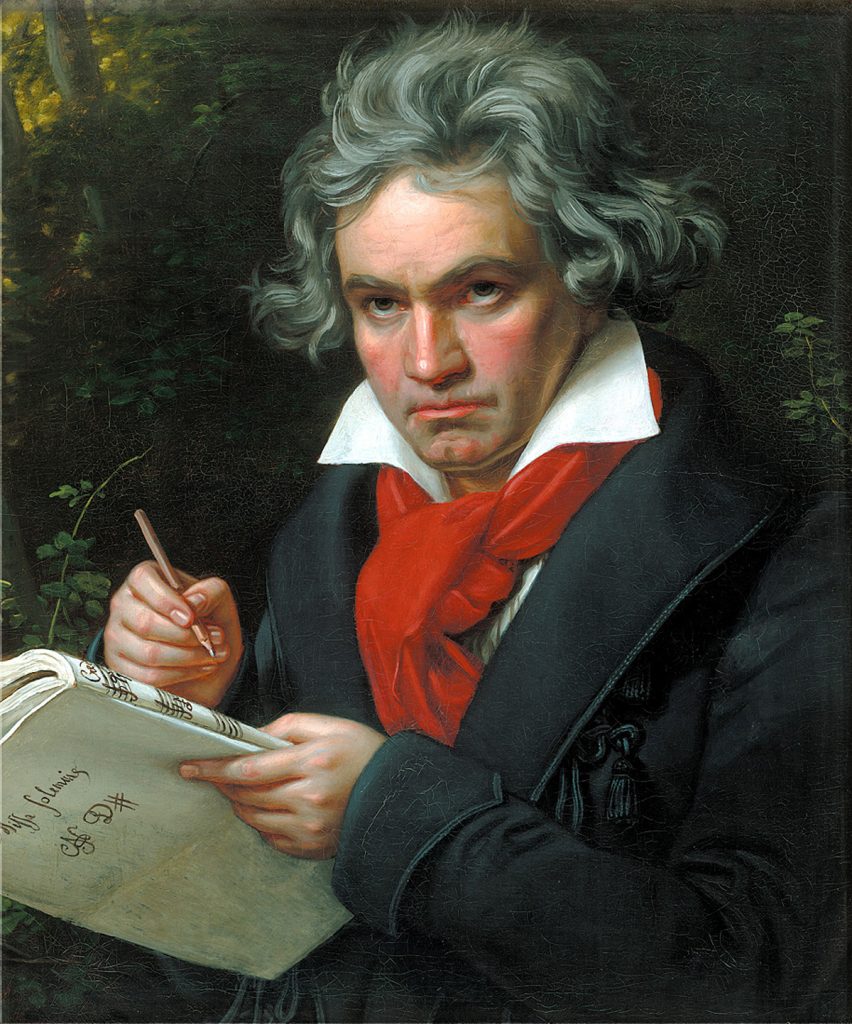
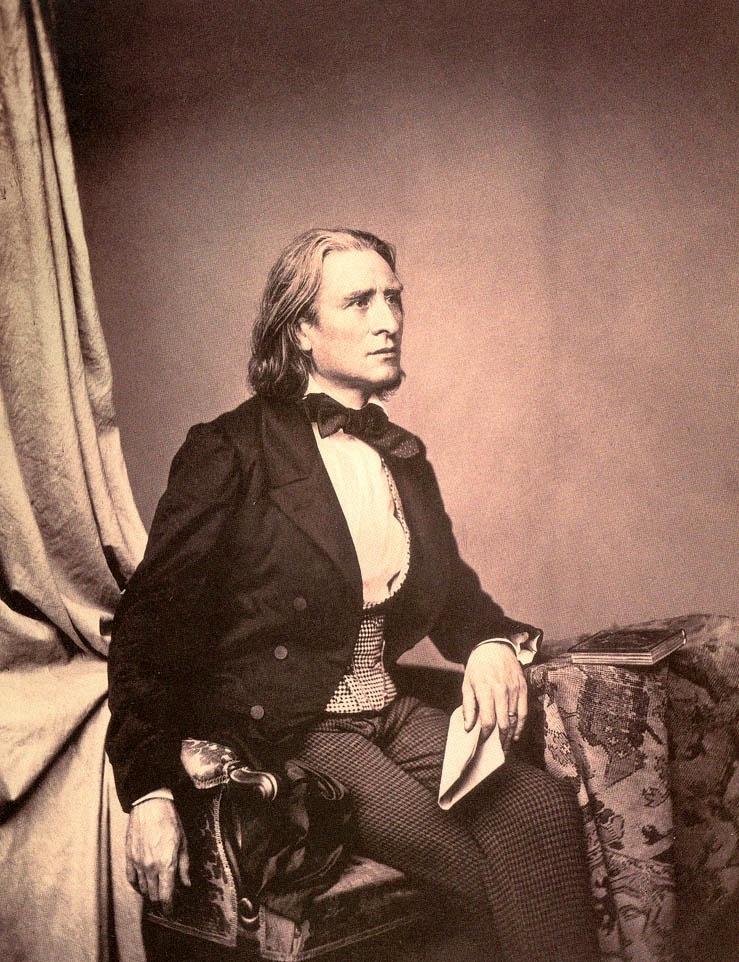
Want to learn more about using etudes in your teaching? Check out this article with advice from Nancy Bachus, Seymour Fink, and Marilyn Neeley about using etudes in your studio!

Sources
- Stephan D. Lindeman and George Barth, “Czerny, Carl,” Grove Music Online. 2001; Accessed 20 Jan. 2023, oxfordmusiconline-com.uc.idm.oclc.org/grovemusic/view/10.1093/gmo/9781561592630.001.0001/omo-9781561592630-e-0000007030.
- Ibid.
- Ibid.
- Ibid.
- Ibid.
- Ibid.
Lindeman, Stephan D., and George Barth. “Czerny, Carl.” Grove Music Online. 2001; Accessed 20 Jan. 2023. oxfordmusiconline-com.uc.idm.oclc.org/grovemusic/view/10.1093/gmo/9781561592630.001.0001/omo-9781561592630-e-0000007030.